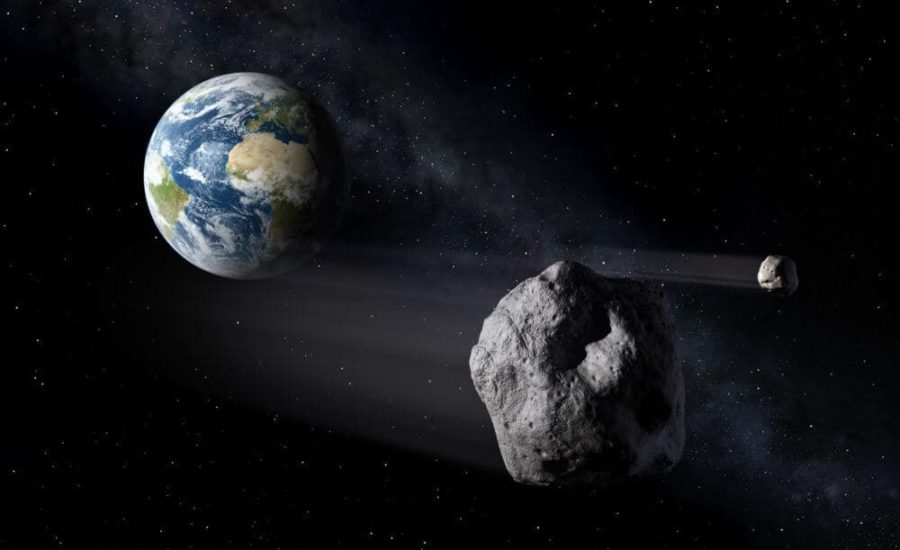Four years ago, a brilliant fireball streaked across the dawn sky over Russia, then fractured with the force of about 500,000 tons of TNT. The shock wave blew out windows and damaged thousands of buildings across several cities in Russia’s Chelyabinsk Oblast region, injuring about 1,500 people.
The school bus–sized meteoroid that caused this destruction was estimated to weigh about 11,000 tons and was traveling approximately 60 times the speed of sound. Fortunately, it broke apart at a height of about 19 miles, and wasn’t above a city. An explosion of this magnitude would have caused far greater damage if it had occurred at lower altitudes over a densely populated area.
NASA’s Planetary Defense Coordination Office is charged with monitoring the paths of asteroids and other objects with orbits that could send them on a crash course with Earth, and planning for response to an actual impact threat.
Under this office, NASA’s Asteroid Threat Assessment Project has been established to develop predictive tools, including physics-based computer simulations, to assess the impact threat posed by so-called “near-Earth asteroids” and a subclass of these objects deemed “potentially hazardous asteroids.”
X-ray studies of meteorite samples planned at Berkeley Lab’s Advanced Light Source (ALS) will aid this effort by providing new insights about the microscopic makeup of an asteroid’s constituent material, and breakup of meteoroids in the atmosphere.
Harold Barnard, a scientist at Berkeley Lab’s ALS, has developed a specialized test chamber for X-ray studies of meteorite samples that simulates the extreme compressive forces asteroids experience when traveling through Earth’s atmosphere.
The cylindrical chamber has grips that serve like a vice to exert pressure on meteorite samples, and X-ray imaging can study how this compression, in combination with heat and pressure, affects their microscopic structure.
“We want to understand the fracture mechanics of meteors,” he said, which will serve to inform and test computer models of asteroids as they fall from the sky, which in turn are used to predict the strength of the explosion when they break up.
Francesco Panerai, a scientist with AMA Inc. working at NASA Ames Research Center (NASA ARC) in Moffett Field, Calif., and who will direct the meteorite studies at the ALS, said the experiments aim to help us understand how asteroids fracture and break up.
“It is very complex science, but it has a lot of common features with (spacecraft) entry systems,” Panerai said. “We will apply the tools we have to model spacecraft to asteroids.”
He added, “One of the tricky parts is understanding how meteorites fracture at the microscopic level, and how the material will eventually burst in the atmosphere,” as meteorites have a complex microscopic structure compared to ordinary rocks and behave in different ways under stress. “We are trying to see if we can image the cracks and the propagation of fractures.”
Mapping this microstructure to a large asteroid could help to predict the height and strength of the explosion, for example, or the likely impacted area of an impending meteorite strike after midair breakup.
The ALS study will provide detailed 3-D views of the internal structure of the sample under stress by aggregating a sequence of X-ray images taken at different stages of heating and tension, and from different angles.
Dula Parkinson, a research scientist at Berkeley Lab who works on the NASA-related projects, said the same sample cell can stretch or compress a range of different materials in other types of experiments, too: “It can work for anything you want to crush or pull on,” he said. “When someone has an application that’s challenging, it really pushes you to develop something new.”

